The horrific terrorist attack in Paris was likely modeled on an earlier terrorist horror, the November 26-29, 2008 attack in Mumbai, India, in which ten terrorists killed 164 and wounded more than 300. Mumbai has been studied by both terrorists and counter-terrorists because it set a gold standard for how a small group of suicidal fanatics can paralyze a major city, attract global attention, and terrorize a continent.
The Paris and Mumbai attacks both used small, well-armed bands of terrorists striking simultaneously and sequentially against multiple soft targets in an urban area. The Paris attackers added suicide vests to increase the carnage. In Mumbai, all but one fought to the death as ordered by the plot’s masterminds. The Mumbai attackers used cell phones to communicate with their bosses in Pakistan, who gave them instructions as they carried out their gruesome operation. So far, that level of sophistication and command and control seems missing in Paris.
The attack in Mumbai was the work of Lashkar-e Taiba (LET), or ‘the Army of the Pure.’ It was supported by the Pakistani intelligence service ISI and al-Qaida. The planning took over three years. The targets were carefully studied and examined in advance.
It became a role model for other terrorists. Al-Qaida planned a mini-Mumbai for Copenhagen in late 2009, but the FBI’s arrest of the main plotter, a Pakistani-American, in July 2009 thwarted that attack. Somali terrorists used the Mumbai tactics in Nairobi at the Westgate Mall in September 2013.
The Islamic State group, which claimed credit for Paris, has used Mumbai-style multiple attacks in Iraq. They probably hoped that the siege would last longer. Spanish authorities arrested IS operatives earlier this month who may have been planning a mini-Mumbai in Madrid.
The French security services, like many other services, have also closely studied Mumbai and learned key lessons. Their first responders were much better prepared than the Indian police in 2008 and better armed. Elite military teams were rapidly deployed to the targets, in India they had to be flown in from New Delhi hours after the attacks began.
Lashkar-e Taiba paid no penalty for its attack, nor did its Pakistani patrons. The group’s senior leadership operates freely in Pakistan and enjoys the support and protection of the Pakistani Army. LET is more dangerous today than ever. The world needs to do much better countering the Islamic State and its leadership.
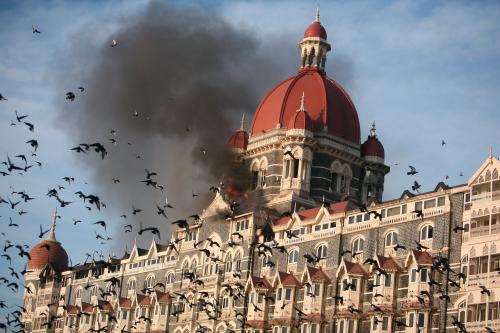
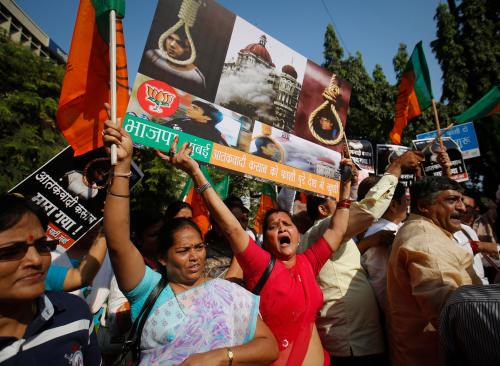
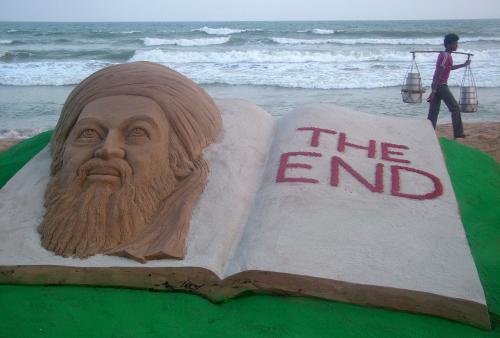
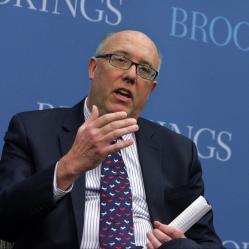
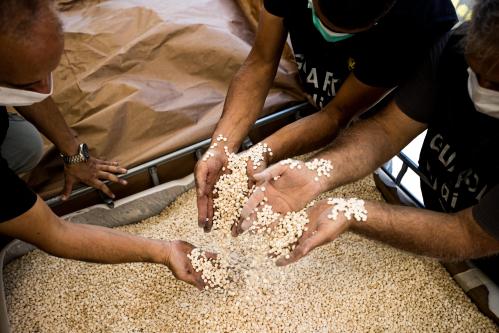
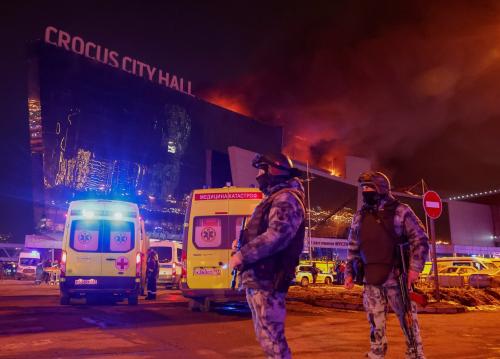
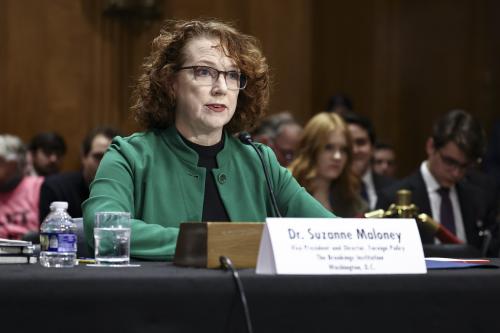
Commentary
Modeled on Mumbai? Why the 2008 India attack is the best way to understand Paris
November 14, 2015